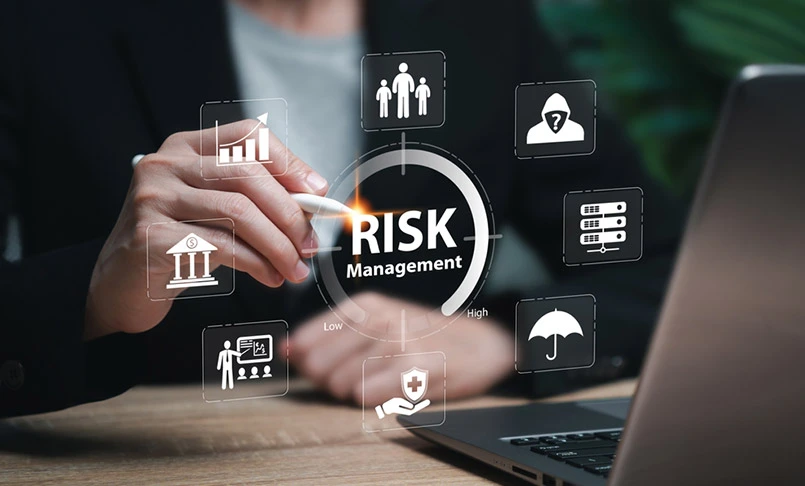Every business leader has seen the stats: phishing attacks remain the most common way cybercriminals break into companies. It’s no wonder that phishing awareness training has become a checkbox item for many IT and compliance teams. In fact, most cyber insurance providers now require proof of regular phishing training to issue or renew a policy.
But here’s the hard truth: phishing training by itself is not enough to protect you.
A recent SecurityWorld article and supporting study from IEEE found that the benefits of phishing training are often short-lived. That’s because employees tend to click less on simulated emails immediately after training, but that improvement fades quickly. And the attackers are constantly evolving their nefarious tactics, and no single training module can keep pace.
So, while phishing training has a very important place, it is only one layer in a much broader defense strategy. Companies that stop there are missing the larger picture—and exposing themselves to unnecessary risk.
What Really Builds Security Posture
For organizations between 100 and 1,000 employees, security posture boils down to integration. Every digital tool, every connected device, and every third-party service is part of the overall attack surface. A strong cybersecurity program needs to align:
- IT operations – Keeping infrastructure updated, resilient, and monitored
- Cybersecurity controls – Proactive detection, response, and protection, especially at the edge, but extending everywhere
- Compliance frameworks – Meeting standards like CMMC to show best effort if (when!) something goes wrong, and to help win business
- Insurance readiness – Demonstrating layered defenses to underwriters
If these areas aren’t connected, gaps open. And attackers know exactly how to find them.
Why MSPs Alone Fall Short
Traditional Managed Service Providers (MSPs) deliver important services like network uptime, device support, and ticketing. But MSPs need to be re-designed to manage advanced threats, handle evolving compliance demands, or put together the documentation needed for insurance coverage. Many mid-market companies learn this the hard way when a new certification is required to bid on a contract, or when a breach exposes compliance gaps.
That’s why the next step forward isn’t just more training, it’s integration.
The Integrated Approach
An IT partner who is both an MSP and an MSSP brings everything together:
- Continuous monitoring with 24×7 threat detection and response
- Governance and compliance consulting to keep certifications on track
- Cyber insurance alignment to reduce cost and avoid denial of coverage
- Strategic leadership, often through vCISO services, to guide decision-making
This integrated model ensures that IT, security, and compliance are not competing priorities but unified strengths that support business growth.
The Bottom Line
Real protection comes from building a digital foundation where IT operations, security, compliance, and yes, training, are fully aligned. For mid-market companies with growing complexity and limited internal resources, outsourcing to a partner that has the breadth of expertise and a focus on small and medium sized businesses is the best way forward.
At Integrated IT, we specialize in helping businesses like yours move beyond checkboxes and into true resilience.
👉 Schedule a conversation with Integrated IT today and see how integration can protect your company’s future.
